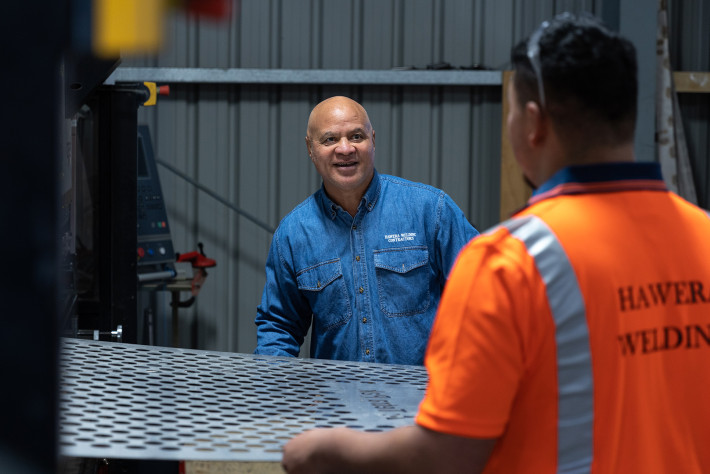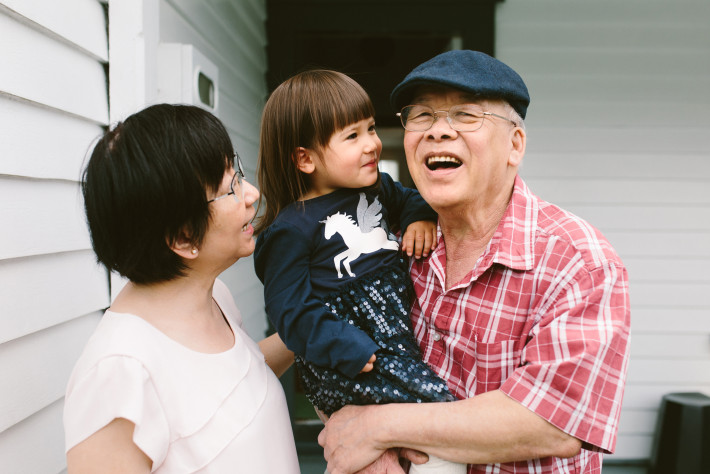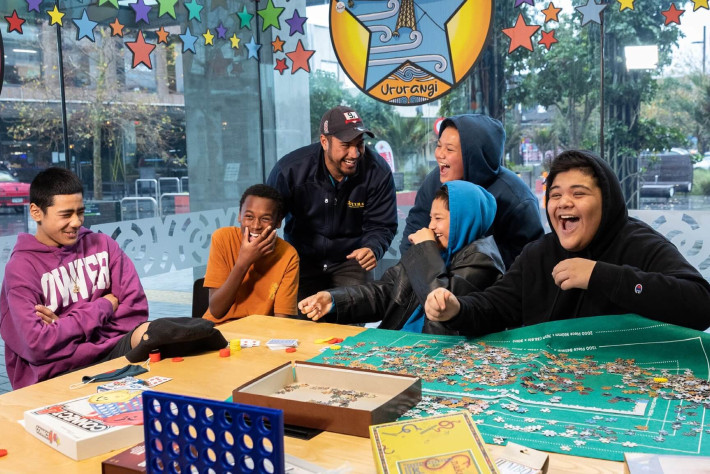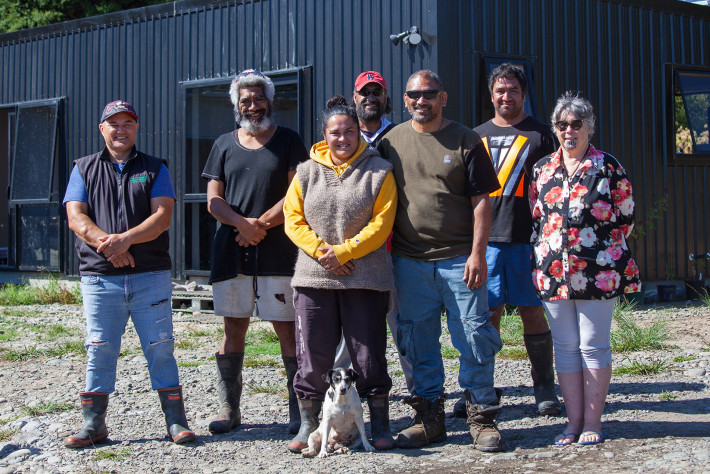Data helps people access and use New Zealand Sign Language
Census data supports the New Zealand Sign Language (NZSL) Board’s mission to promote NZSL as an official language and grow the community of people who use it.
Data helps people access and use New Zealand Sign Language
Census data supports the New Zealand Sign Language (NZSL) Board’s mission to promote NZSL as an official language and grow the community of people who use it.
Data helps more people access and use New Zealand Sign Language
The New Zealand Sign Language (NZSL) Board’s purpose is to promote and maintain NZSL as an official language in Aotearoa New Zealand. The two key language priorities for the Board are ensuring people can learn NZSL, and that they can access and use it to participate in everyday life.
To do this, the Board needs to know how many people in Aotearoa New Zealand already use NZSL. Census data helps give them the answer. It showed that in 2018, about 4,600 Deaf people used NZSL, and 23,000 people in total.
The Board wants to increase the number of spaces that NZSL is used and grow the community of people who can use the language with confidence.
The Wellington Deaf Youth Group received grants funding from the Board, to bring Deaf and hearing youth together to learn NZSL, connect and grow confidence. They enjoy the connection with others that the youth group brings. Being around others who use NZSL gives them greater confidence, and is helping them to be role models for the future.
[Visual: Aerial shot of Johnsonville.]
[Visuals: Young people arriving at Wellington Deaf Society Waiora Hub]
Narrator: The New Zealand Sign Language Board uses census data to help understand how many Deaf people there are in New Zealand.
[Visuals: Groups of young people and teachers using NZSL in classroom settings.]
Narrator: There are approximately 4,600 Deaf people within New Zealand who use NZSL.
[Visual: A young person, Oscar, sits alongside Byron, who is interpreting in NZSL.]
[Onscreen text: Byron Gibbons, NZSL Interpreter. Oscar Lynch, Wellington Deaf Youth Group.]
Oscar Lynch: The Sign Language Youth Group helps me boost my confidence in NZSL because it's a great environment. I can talk with other people using NZSL and there's interpreters and role models to help me along with that.
[Visuals: Young people using NZSL in classroom settings.]
Narrator: The Deaf community want to promote the language to others as this project supports the two key language priorities within the NZSL Strategy: acquisition and use/access.
[Visual: Tina Carter sits alongside Jenn Gilbert, who is interpreting in NZSL.]
[Onscreen text: Jenn Gilbert, NZSL Interpreter. Tina Carter, Wellington Deaf Youth Group.]
Tina Carter: I hope that the NZSL Youth Group continues to bring youth together to build their confidence in sign language.
[Visual: A group of young people sign to camera.]
[Onscreen text: Your census information can help your community.]
I hope that the NZSL Youth Group continues to bring youth together to build their confidence in sign language and to build a wider community of communicators.
Tina Carter
Wellington Deaf Youth Group





